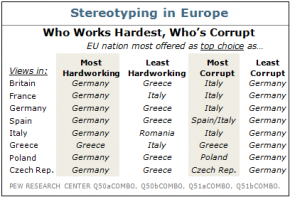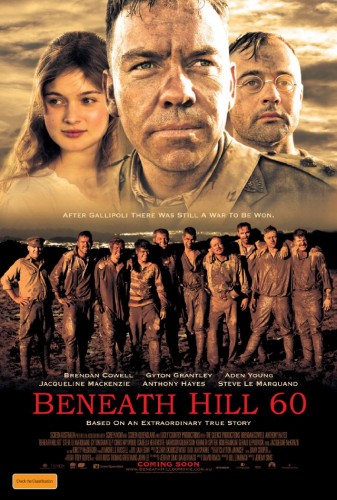OK, now that I’m almost sure that new setup for social networking works, I can give you guys an idea of what I had and how I changed it. In case you’ll notice any differences between this description and the actual behavior, or if you have any suggestions on how to improve things, please let me know. Without any further ado …
In my previous setup, I used Twitter as my social glue. Everything was synchronized with Twitter – my Google Reader, Evernote, delicious, a few RSS feeds, Foursquare, Flickr, YouTube, etc. Periodically (once a day until recently, now weekly), my tweets were automatically aggregated into a blog post using Twitter Tools plugin for WordPress. This allowed me to make sure that I had a record of my online activity synced back into my own blog, something that I own, cherish, and backup.
That setup had a serious drawback. Not everyone is on Twitter. A lot of people are using Facebook these days. And while in my previous setup there was an automatic push of tweets to Facebook, it wasn’t ideal. Tweets are more limited than Facebook posts – in length, previews, and formatting. Which means that even though something was synced to Facebook, I wasn’t taking a full advantage of Facebook.
From now on I have a different setup. I’ll still use Twitter as my social glue, but I won’t be limiting myself to only Twitter. I will push content independently to Facebook and other social networks when appropriate. I will try to keep Twitter in sync by posting directly to several social networks simultaneously. My tweets will still be aggregated at my blog on a weekly basis. But there won’t be any automatic synchronization between Twitter and Facebook anymore. The con of this setup is that not all content will get pushed everywhere. But it is, I think, fairly compensated by a pro of having tailored content and format for each social network.
Either way, nothing is set in stone yet. And even if it was – things move and change way too often, and I’m just trying to keep it real. Let me know if notice any issues with these changes, and, especially if you know how to make things better.
P.S.: Yes, if Twitter and Facebook had better integration in terms of links, photos, videos, and locations, none of these would have happened. “Blame Canada!” (c) South Park.


